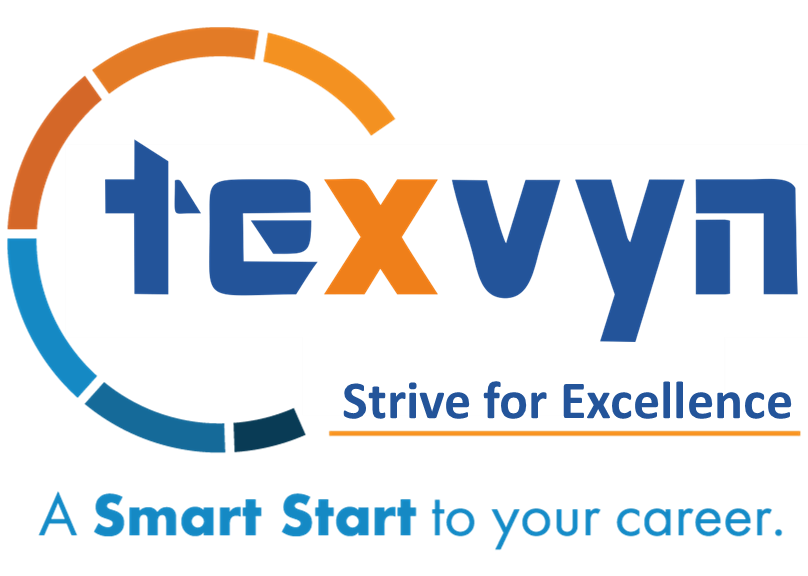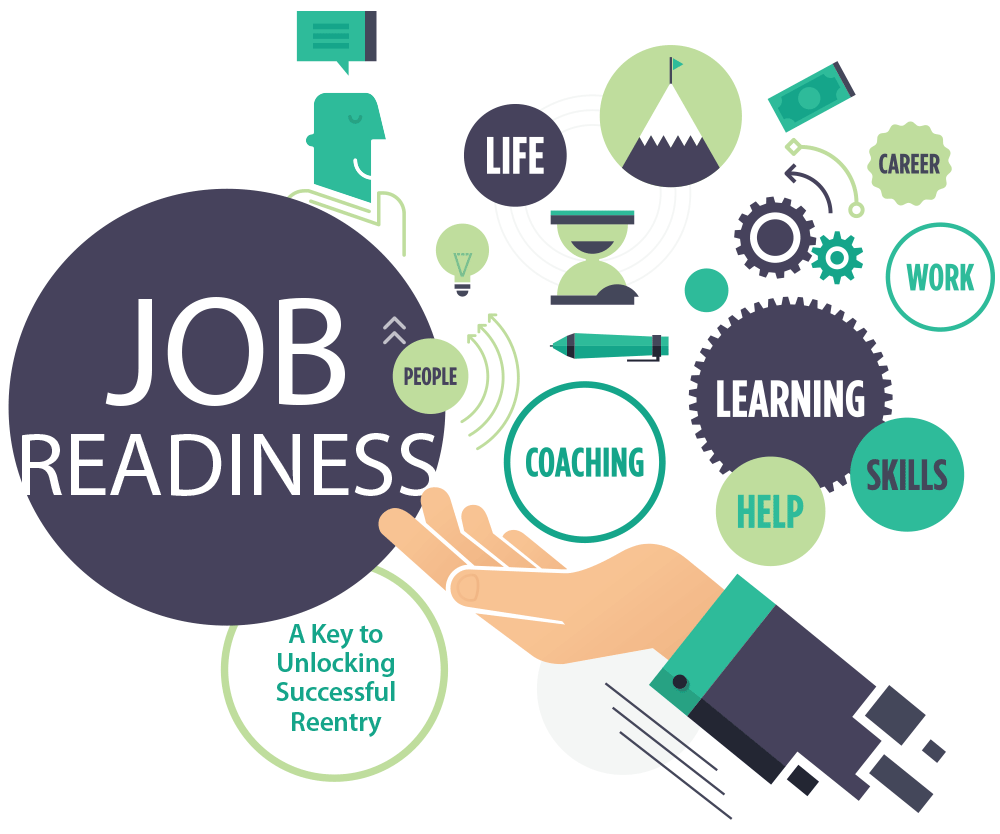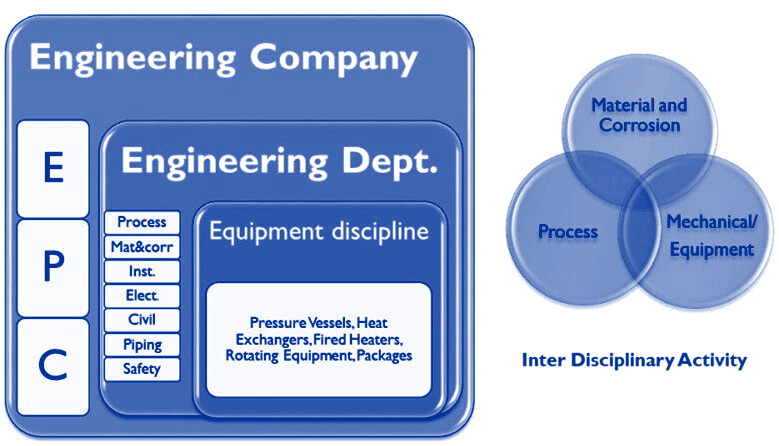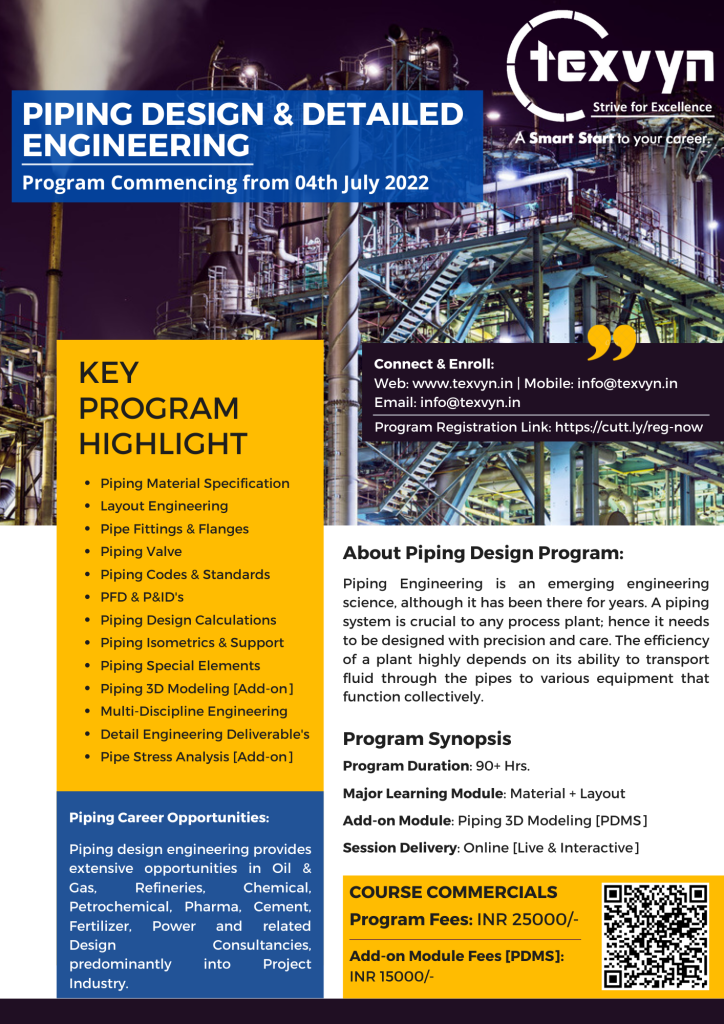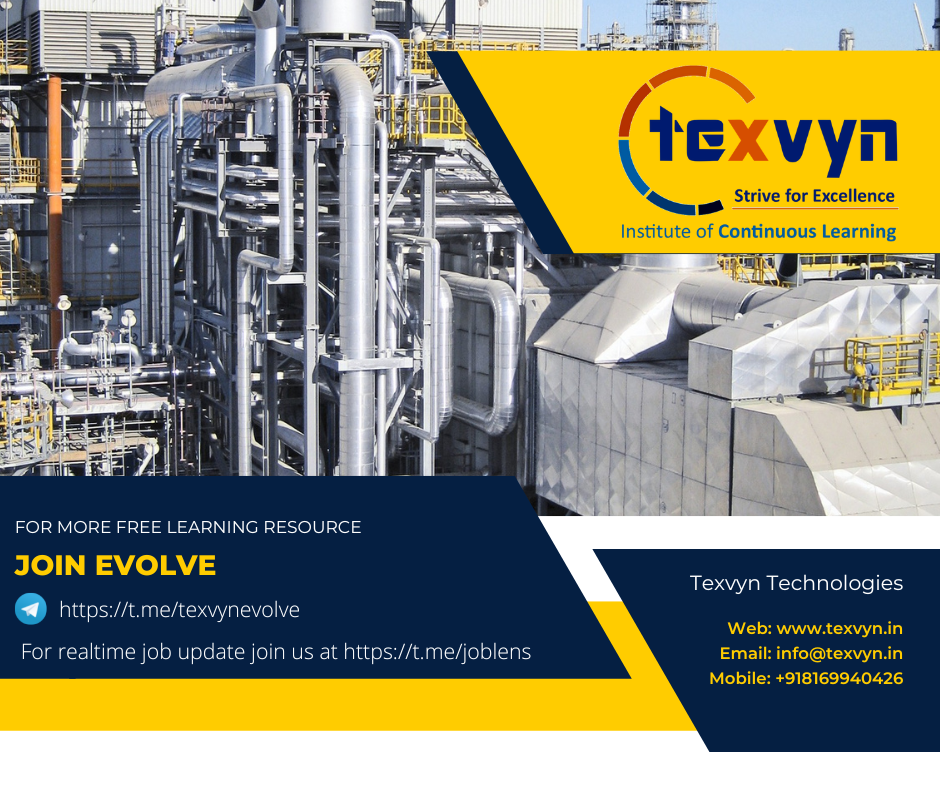Introduction
Static equipment plays a crucial role in various industries including oil and gas, refining, chemical processing, and power generation. These equipment, such as pressure vessels, storage tanks, heat exchangers, and pipelines, are designed to handle high pressures, temperatures, and corrosive substances. To ensure their integrity and the safety of personnel and the environment, it is imperative to conduct thorough safety tests once the static equipment is fabricated. This article will delve into the significance of these tests and the key aspects involved.
Visual Inspection
The first step in the safety testing process is a detailed visual inspection. This examination involves checking the overall fabrication quality, weld profiles, surface finishes, and adherence to design specifications. Any signs of defects or discrepancies are documented and addressed accordingly.
Non-Destructive Testing (NDT)
Non-destructive testing techniques are employed to assess the structural integrity of static equipment without causing any damage. These techniques include:
a. Ultrasonic Testing: Utilizing high-frequency sound waves, ultrasonic testing detects flaws, discontinuities, or thickness variations in the equipment walls.
b. Radiographic Testing: X-ray or gamma-ray techniques provide a clear image of the internal structure, identifying any weld defects, cracks, or inclusions.
c. Magnetic Particle Testing: Magnetic fields and ferromagnetic particles help identify surface and near-surface defects, such as cracks and weld discontinuities.
d. Dye Penetrant Testing: A liquid penetrant is applied to the surface, highlighting any surface defects by capillary action.
Hydrostatic Testing
Hydrostatic testing involves filling the equipment with water or another suitable liquid to a pressure higher than its intended operating pressure. This test is performed to check for any leaks or defects in the equipment that may compromise its structural integrity, particularly around welded joints and fittings. The test ensures that the equipment can withstand its intended operating pressure, and any potential leaks are detected and rectified before the equipment is put into service.
Performance Testing:
In addition to structural integrity, the performance of static equipment is assessed through various tests specific to their functionality. This includes:
a. Heat Exchanger Testing: Measuring heat transfer efficiency, pressure drop, and verifying the effectiveness of the tubes and baffles.
b. Storage Tank Testing: Verifying the tank’s capacity, leak detection systems, and proper functioning of valves and level indicators.
c. Pipeline Testing: Conducting hydrostatic or pneumatic tests to assess the integrity and flow capacity of the pipeline.
Documentation and Certification:
Throughout the testing process, detailed records are maintained, documenting the procedures, results, and any corrective actions taken. These records are essential for regulatory compliance, audits, and future reference. Upon successful completion of the safety tests, the static equipment is certified as safe for operation.
Conclusion
Safety testing of static equipment is a critical step in ensuring the integrity and reliability of these essential components. By performing visual inspections, non-destructive testing, pressure testing, and performance testing, potential risks are identified and mitigated before the equipment is put into service. Adhering to industry standards and regulations, along with proper documentation, further enhances the trustworthiness of the equipment. With rigorous safety testing, industries can minimize the chances of accidents, protect the environment, and safeguard the well-being of employees and communities.
Join our learning community on Telegram for more valuable insights. We offer a highly trending and practical course on Static Equipment Design and Detailed Engineering, taught with PV Elite. Visit our website https://www.texvyn.in/process-equipment-design-course to learn more and register today.

